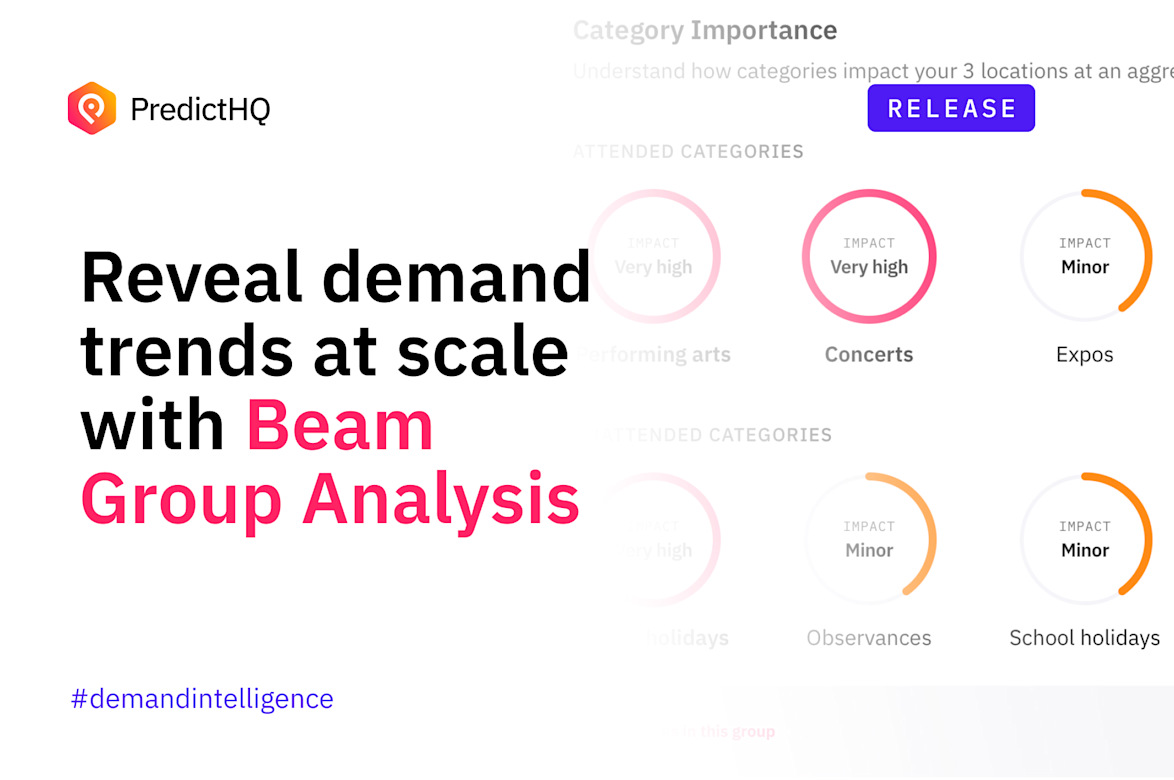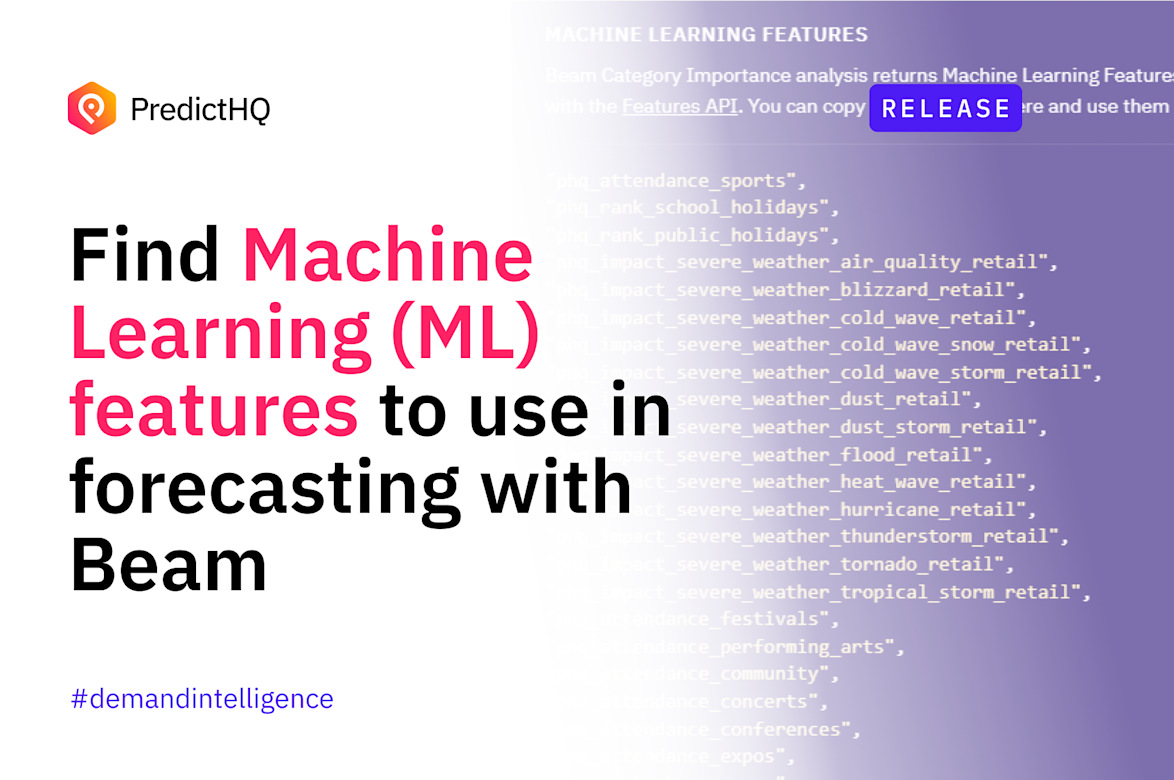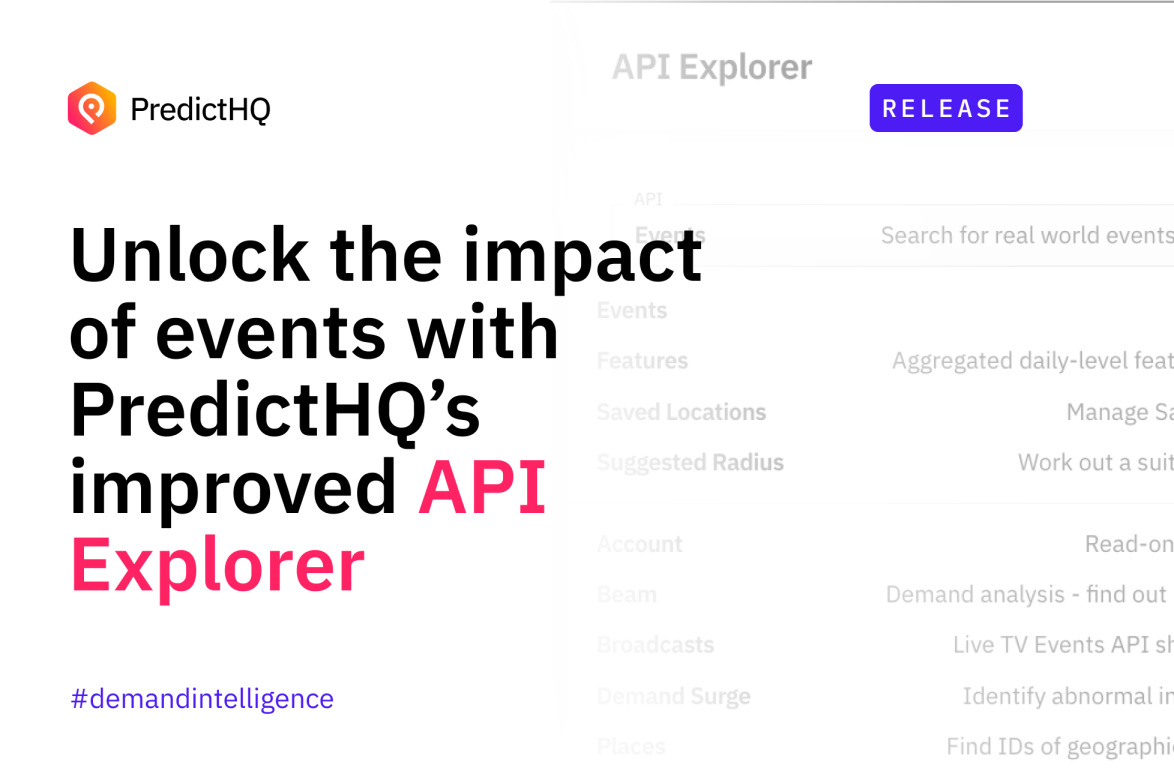Data is to AI as Food is to Humans

Intelligence does not exist in isolation
We live in rapidly evolving times. Cars are starting to drive themselves, your home can respond to your personal needs, and robots can now do backflips. It’s exciting and daunting all at the same time. But what is powering the real intelligence behind the machines? Why now? And where are we heading from here?
We hear a lot about the tools that power change. Technologies like computer processing, system on chip, sensors, natural language processing, and machine learning all help to drive this new age of automation and artificial intelligence. However, each is just a tool. They cannot create intelligence any more than a pencil can write a novel by itself.
Intelligence is the effective application of data within a known context. Or to put a sharper point on that metaphorical pencil, data is the fuel that powers intelligence.
Fueling intelligence
Just for a minute, take a step back and think about Alexa. How does it know the response to your question about the weather forecast at a specific location? Without underplaying the immense complexities involved in how “Alexa responds, informs, and asks questions in a natural and conversational way”, its forecasting intelligence is fueled by the weather API provided by AccuWeather. No matter how smart your AI is, without this dynamic data feeding Alexa, a weather forecast would be impossible.
Weather is merely one example of the data streams all around us that power the accelerated evolution of AI. Another, and perhaps less obvious, example is the stream of data that enriches financial platforms to help people and systems better understand market conditions, thus determining the manual and autonomous buying and selling of stock. Bloomberg’s Event-Driven Feeds are “highly structured and specifically designed to deliver real-time, machine-readable data”. Without this context, crucial opportunities would be missed.
All this to say, we live in a world of monumental amounts of data, and it is becoming increasingly necessary for businesses to harness this data in order to remain competitive. But the most incredible realization about data utilization? We’re merely scratching the surface.
Why now?
Not only are businesses leveraging their own data to push into new areas of possibilities, they’re also looking outwards to third party API providers to ingest new data. This accessibility of new data is driven largely by the API economy, which is expected to grow to $2.8 trillion by the year 2027 in the US alone. Merging their proprietary data with third party data gives businesses the ability to generate new insights, giving them a more competitive edge.
Data-driven businesses like Spotify take this competitive edge seriously, so much so that they not only pay to ingest new forms of data to improve the capability of their algorithms, but they also acquire other companies with unique data and ways of harnessing it. For example, in 2016 Spotify acquired the live photo and video compilation aggregator CrowdAlbum to help artists on their platform identify and connect with superfans who attended their concerts.
Combine this willingness (or in some cases, necessity) to ingest data via third party APIs with the reduced cost to process data, not to mention the increase in processing speeds thanks to advancements of new chip sets (eg. SoC, GPU and FPGA), and it is apparent that we’re in the perfect time to lay the foundations for successful artificial intelligence.
Where are we heading?
Not all businesses are data-driven (yet). Those that lag behind commonly face either 1) an inability to understand how to use the data they have (an aggregation, cleansing and processing problem), or 2) an inability to locate the right data that can be applied to their businesses (a visibility and ingestion problem). But this is rapidly changing, particularly by businesses like Uber and Amazon. These big players understand that in order to yield the most revenue out of their products, they must layer in additional data to fuel the intelligence that allows them to make smarter decisions, both manually and autonomously.
You only have to look at the changing nature of the workforce as a signal. For instance, the number of data scientists jobs is projected to grow 35% from 2022 to 2032. These additional positions will help unlock new business opportunities and provide the framework and processes to connect to and extract value from complimentary data. This shift is indicative of the investment that businesses are making in order to reach faster, smarter, forward-looking decisions.
The real potential for AI
Is there a lot of hype surrounding AI? Yes. However, any technology that has the potential to fundamentally reshape the world is going to come with a certain degree of hype, as trailblazers push the boundaries to take new technology mainstream (not to mention the new revenue opportunities that come with it). Make no mistake though; change is already happening, and faster than most people will appreciate — just look at the adoption of smart home technology such as Ring doorbell cameras, water leak sensors, and even smart lightbulbs. These intelligent amenities are just the beginning of what is possible.
Systems will continue to get smarter as more data is ingested, both in terms of the complexity of tasks that they can handle and the fusion of third-party and proprietary data to provide even deeper and more nuanced answers.
Businesses that can create this new data that powers the next wave of intelligence are key to unlocking limitless possibilities.




